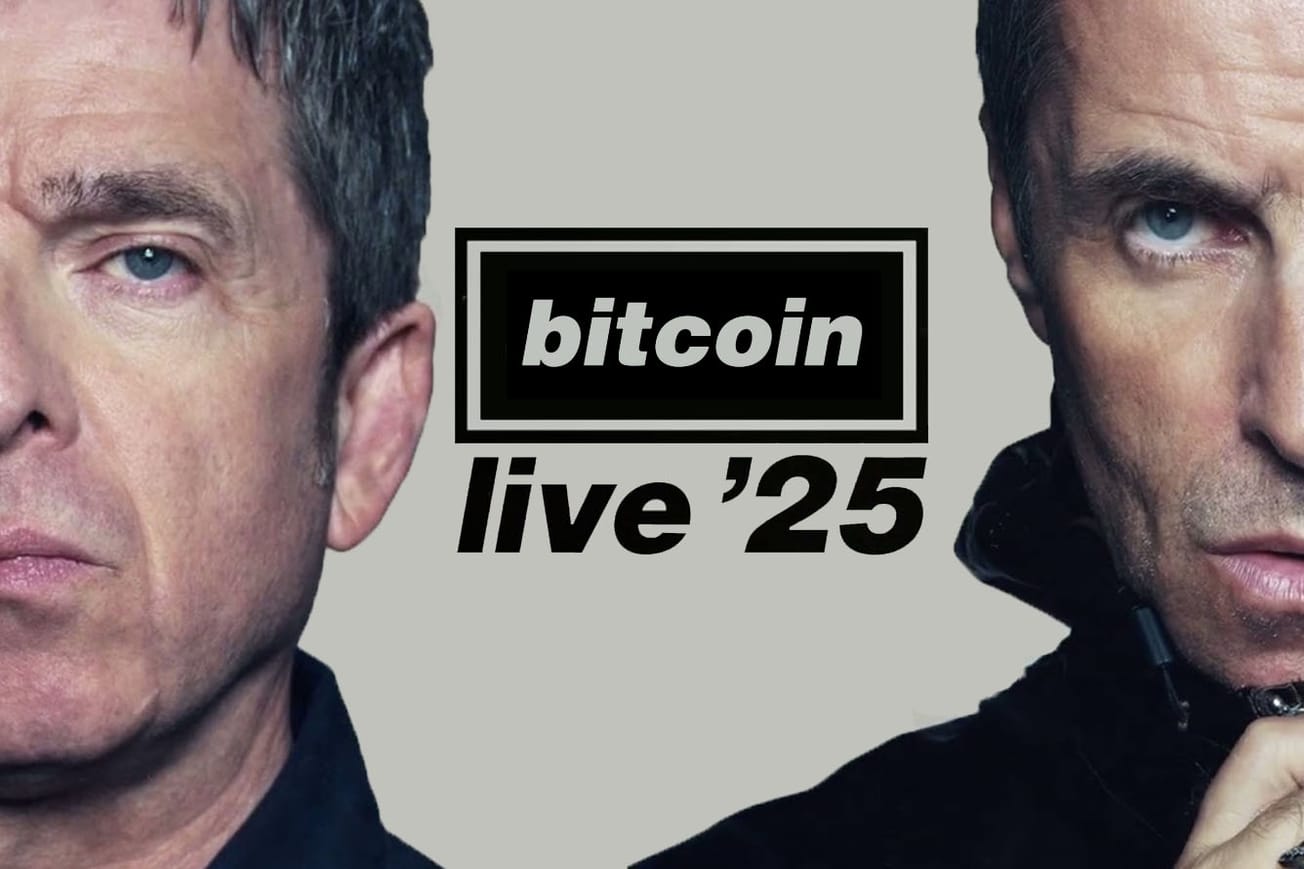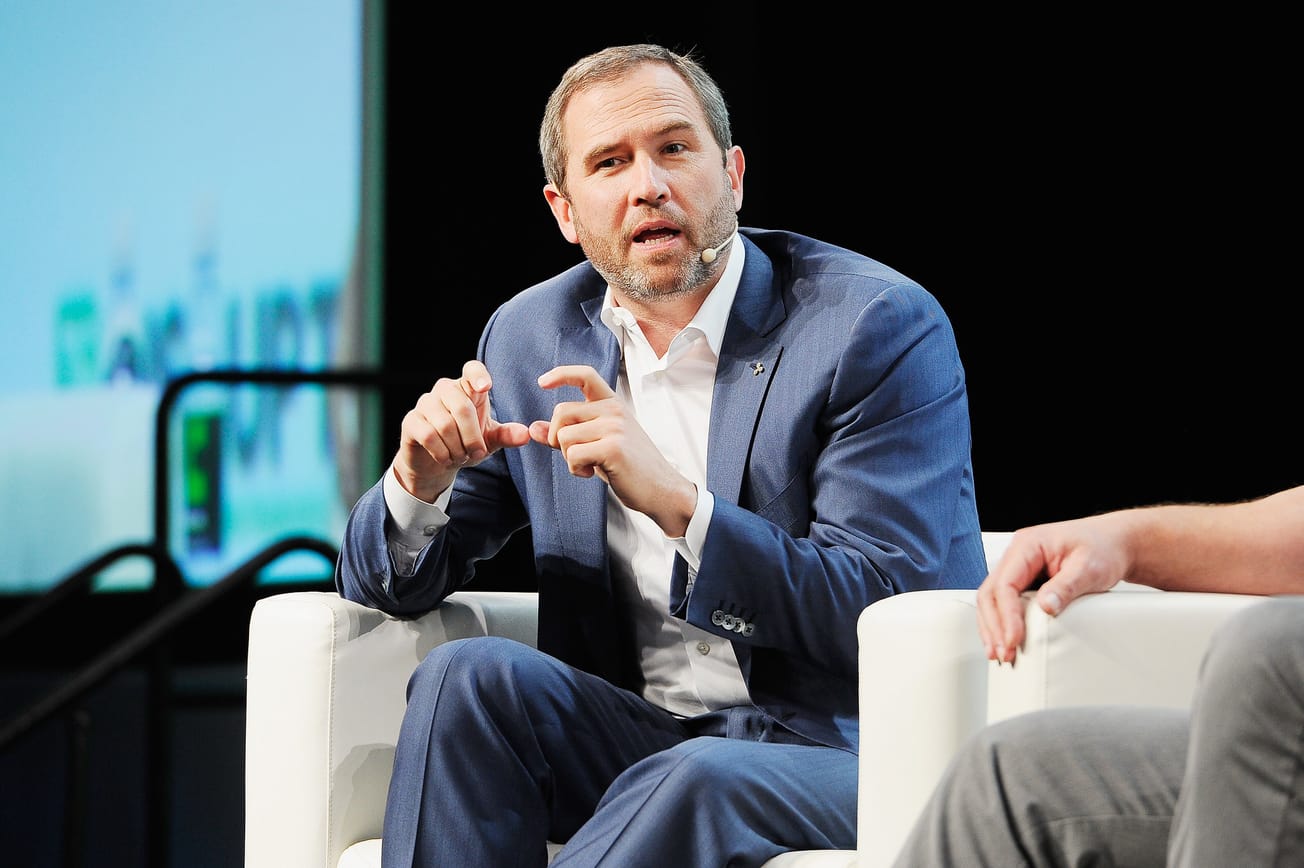Table of Contents
Too often, conversations around digital assets tend to fixate on cryptocurrencies and their prices. Recently, a lot of attention has been given to tokenisation, with proponents saying that it is where the flexibility of DeFi finally converges with the safe, regulated nature of TradFi to create meaningful ways for people to invest in digital assets.
For naysayers who view tokenisation as the “better alternative” to cryptocurrencies, however, they may not realise that both actually leverage the same technology – the blockchain. Tokenisation refers to the act of creating a digital representation of a tangible or intangible asset on a distributed ledger, such as the Ethereum blockchain. A token represents the fractional ownership of an asset, and it can be anything from art to private market funds to bonds.
Tokenisation put into practice
One of the best-known applications of tokenisation is the fractionalization of a real-world asset (RWA). What makes the application attractive to both asset owners and buyers is that it increases access to illiquid assets such as art, which can be priced in the millions and difficult to sell.
As early as 2021, Sygnum worked with Artemundi to tokenise a Picasso painting. This project lowered the entry barrier to the world of art investment and allowed for a broader range of investors to join the market, which can often be opaque and inefficient. Some 4,000 tokens, representing the painting’s valuation of 4 million Swiss francs, were minted by Sygnum. Token owners could then trade their tokens on the secondary market without involving intermediaries such as a lawyer or an art valuer. The Picasso eventually sold in 2023, after completing its full investment lifecycle, bringing a 20% upside to tokenholders.
For asset owners (also known as issuers) who would like to tap the value of their paintings, fine wine collection or even an NFT, tokenisation gives them ability to attract capital and the flexibility to deploy these funds into other investments. In addition to tokenization of RWAs, our work continues with issuers looking to raise capital using tokens representing traditional financial instruments such as stocks, bonds, and funds. Sygnum’s portfolio of successful tokenization projects in this area include working with Azimut, a leading asset manager in Europe, to structure and tokenize a portfolio of loans to Italian small and medium enterprises.
The proof is in the pudding
According to Bloomberg, the size of the global tokenisation market could reach $13.23 billion by 2030. The application of tokenisation is developing in new and exciting ways every day. One of the key drivers for this is the “3Rs” – Real assets, Real investors, and Real returns. Other benefits include efficient 24/7 trading and lean corporate housekeeping since the blockchain automatically updates the investor registry.
Getting the process right is key
Despite the ease and accessibility, there are risks and challenges that an issuer needs to be aware of when tokenising an asset. For instance, inadequate AML/KYC checks on investors and a lack of clarity over how smart contracts could be enforced in certain jurisdictions could mar their experience, put a blip on adoption and add another chink to the industry’s oft-battered armour.
Partnering with a licensed service provider that puts a premium on compliant, regulated practices can help mitigate such risks. Whether it is an art piece, a wine collection, raising capital for your Web3 startup or a Metaverse platform, it is essential that the issuer understands the stages involved and gets advice on how each one can be executed properly.
One of the first discussions a service provider should have with the issuer is around structuring. It is crucial to ensure that the client is adequately informed on matters pertaining to regulatory compliance, tax efficiency, ownership rights, governance rights, and exit scenarios, to ensure that the project does not run afoul of regulations and loses credibility.
Legal clarity should be achieved before the minting of tokens. For example, the issuance of the tokens for all of Sygnum’s tokenization projects to date have taken place in Switzerland under the Swiss DLT law, which recognizes all asset tokens as securities, granting them the same legal standing as traditional assets. What this implies is that as long as a token is properly transferred on a blockchain, the investor who holds it in their wallet is the owner. Legal certainty not only gives issuers the confidence to consider tokenisation as a means to raise capital, but it also assures investors that their interests will be protected.
Parting shot
Tokenisation of both real-world assets and financial instruments is not just a more efficient way for issuers to raise capital, it can help everyday investors see the benefits of investing in digital assets. However, regulated compliant implementation is what will empower everyone to participate in the ecosystem with complete trust and make this a win-win for all parties.
Gerald Goh is the co-founder and CEO Singapore of Sygnum. Previously, he was the head of alternative investments for CrimsoNox Capital, a single-family office, and was a managing director with global investment consultant Cambridge Associates, where he focused on private investments and worked with numerous sovereign wealth funds, endowments and foundations, pension funds, and single-family offices to build and monitor their global private investment programmes. He also co-established its Beijing office in 2011.









